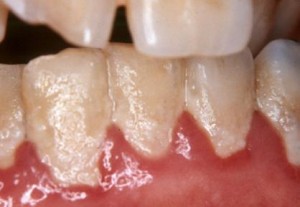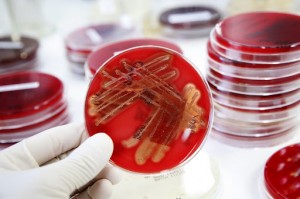Why do I need a “Deep Cleaning”?
By: Alon Dori, DDS
I can’t tell you how many people come up to me exasperated, saying “My dentist says I need a deep cleaning…Do you think I need a deep cleaning!?” This, of course is a loaded question because I need a lot more information to diagnose. My quick response usually is, “Not from where I’m standing.” My long response usually goes like this…
A “Deep Cleaning” or more appropriately – Scaling and Root Planning is an involved periodontal (gums) procedure which involves removing plaque and calculus (hardened plaque) from the DEEP pockets between the teeth and gums and then smoothing the surface of the roots. Please note that I emphasized the word deep. A deep pocket is anything that is 5mm or more (4mm in select cases). So, the first question a patient needs to know is – Do they have deep pockets? If the answer is “No”, well…then a DEEP cleaning is not indicated.
I am disheartened that many dentists incorrectly diagnose a deep cleaning just because there is a lot of debris. Large amounts of calculus in the absence of deep pockets requires a cleaning, but scaling and root planning is rarely the appropriate treatment.*
A “deep cleaning” is expensive. It requires a good amount of time, dexterity and often times numbing the mouth; unlike regular cleanings. With the right instruments and gentle hands, removing debris from the teeth above the gums is generally painless. Discomfort usually comes from removing debris from below the gums which are already inflamed, swollen and tender.
So why do some dentists treatment plan a deep cleaning when there are no deep pockets, but there is a lot of calculus? It’s simple, they want to be compensated for their time and use of materials. We want the same in our office, but we need to be fair. If an involved cleaning is in order in the absence of deep pockets, we will generally perform a bulk debridement procedure followed by a fine scaling (prophy). This way the patient gets the proper treatment without breaking the bank.
*Calculus below the gums that can be detected on an x-ray is very tough to remove, even though the pockets are shallow. These cases may require anesthesia for patient comfort and localized deep cleaning.


